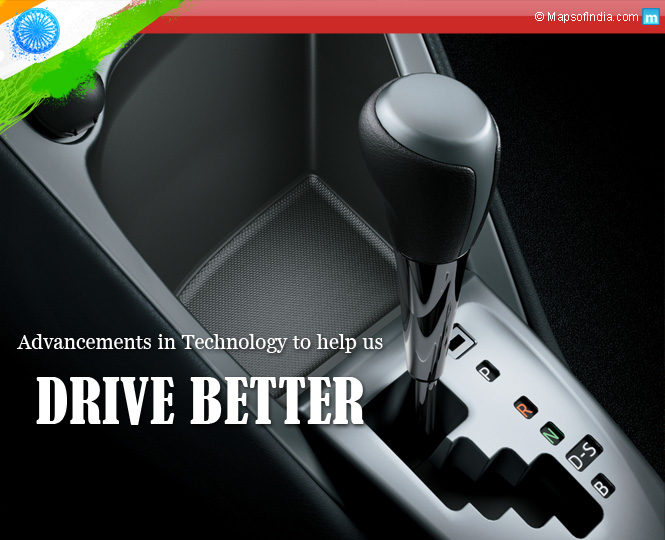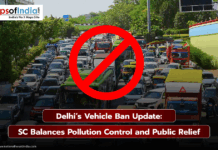
Car manufacturers all across have been after a certain technology which bring a mega change in both city and highway driving conditions by enabling their cars to communicate with every object around them. Ford and a few other likes are already in the testing phase of a certain technology called Vehicle-to-Vehicle communication that allows cars to send wireless signals back and forth between each other, sharing information on their location speed and direction. This information allows the pre-programmed E.C.Us (engine control unit – the onboard computer) of the vehicles to keep them at safe distances from each other by deploying brakes or steering into another lane.
Technology advancements for Safety
Engineers at the Massachusetts Institute of Technology MIT, are working on better algorithms that would calculate information shared between cars to enable them to determine the best evasive measures, should another car come directly into their projected path. In 2010, the National Highway Traffic Safety Administration quoted that V2V has the potential to reduce seventy nine percent of vehicle crashes on the road.
For those obsessed with safety, no one can ever be safe enough. And at Volvo, safety is not just an obsession, it’s what drives their passion. Volvo have come up with a certain combination of sensor and feedback technology that goes further than just identifying vehicles. It ensures safety of not just the car and its passengers, but also those around it. It can differentiate pedestrians and cyclists as well, automatically reducing by a large margin, the many risks of accidents in urban areas.
Blind spot warning systems have also been on and about for quite a while. Honda however, takes the blind spot warning system, a step ahead. The lane watch feature in their system provides for a clear view of the passenger’s side blind spot with a side mirror mounted camera, allowing the driver to simultaneously see two lanes of traffic on the dashboard screen. The camera turns on when the indicator of that side is activated, allowing the driver an enhanced view of the blind spot while lane changing or making a turn into a street, parking lot etc.
That left just one thing and Google made sure they got to it before anyone else. The American states of California and Nevada have seen Google engineers test self-driving cars on more than 3,00,000 kilometers of public highways and roads. These cars record images of the road and their computerized and constantly updated satellite navigation and map systems enable the cars to find alternative routes and see traffic lights before people inside could actually see them. Extensive use of lasers, radars and cameras allows the cars to process information about their surroundings much faster than humans can.
Google cars “memorized” the details of the road they’d been driven on several times and when they drove themselves, they easily identified pedestrian crossings and actually slowed down to a halt to allow pedestrians to cross. General Motors is not far behind – having tested its own self-driving car that as claimed, will be seen in showrooms within this decade.
Although GPS and other interior displays get people across from point A to B, high end vehicles sport heads up displays HUDs on the windshield. Just as Tony Stark sees his display screen from inside the Ironman mask or other sci-fi movies where Robocop or killing machines from the future see information brought up in front of their eyes in a floating display, there’s a new term being thrown around in automobiles.
Augmented Reality dashboards (AR) are designed to function similarly for drivers and will overlay information on top of whatever the driver sees in reality. If a car or a pedestrian or any object for that matter is being approached or is approaching you quickly, a red box may appear around the object and guiding arrows begin flashing to tell you how to maneuvere out of harms way before collision occurs. Augmented Reality dashboards are being explored by a lot of major car manufacturers. BMW is also researching their use for technicians in order to allow them to use AR glasses to look for faults and repairs in engines with detailed instructions on fixing them. Toyota is working on a concept that allows passengers to zoom in on objects outside their car, select, identify and view details like the distance, relative speed, etc., using a touch screen.
At the end of the day, any new technology is just about as good at the most, as the next thing around the corner. The industry is constantly upgrading with innovations in entertainment, safety, communicability, or simply for the joy of driving. We can’t be very sure of what our cars would be in the future, given the multi-directional possibilities and advancements in technology. What we do know, is that be it comfort, safety, or pleasure, our cars will continue going onward and upward and its only a matter of time before we lose the use of wheels.
Related Information:





